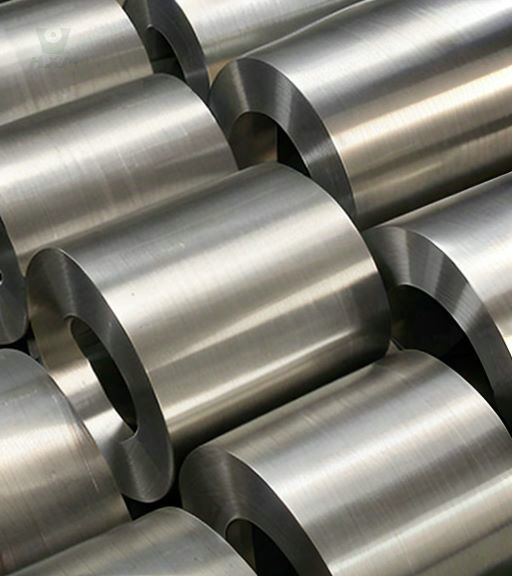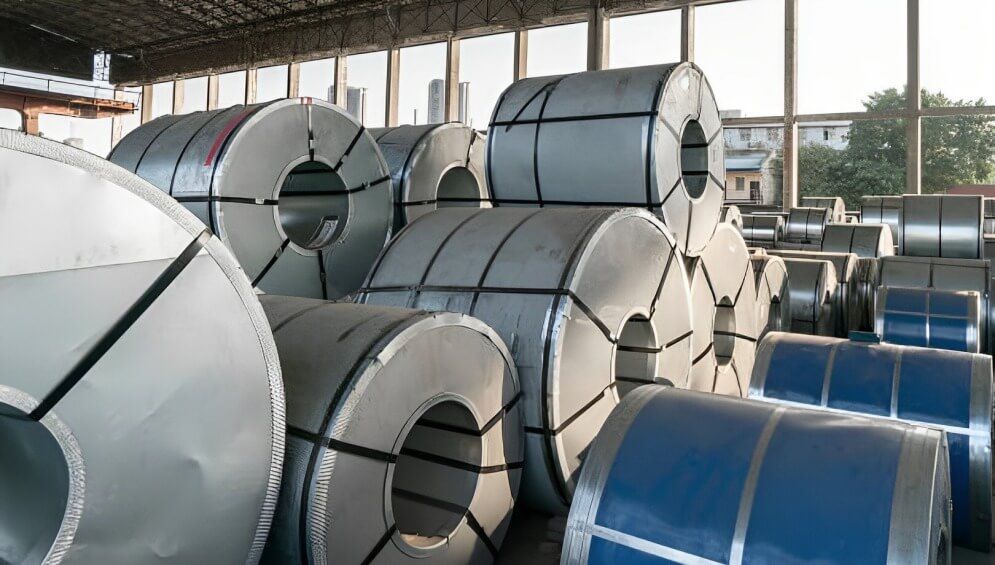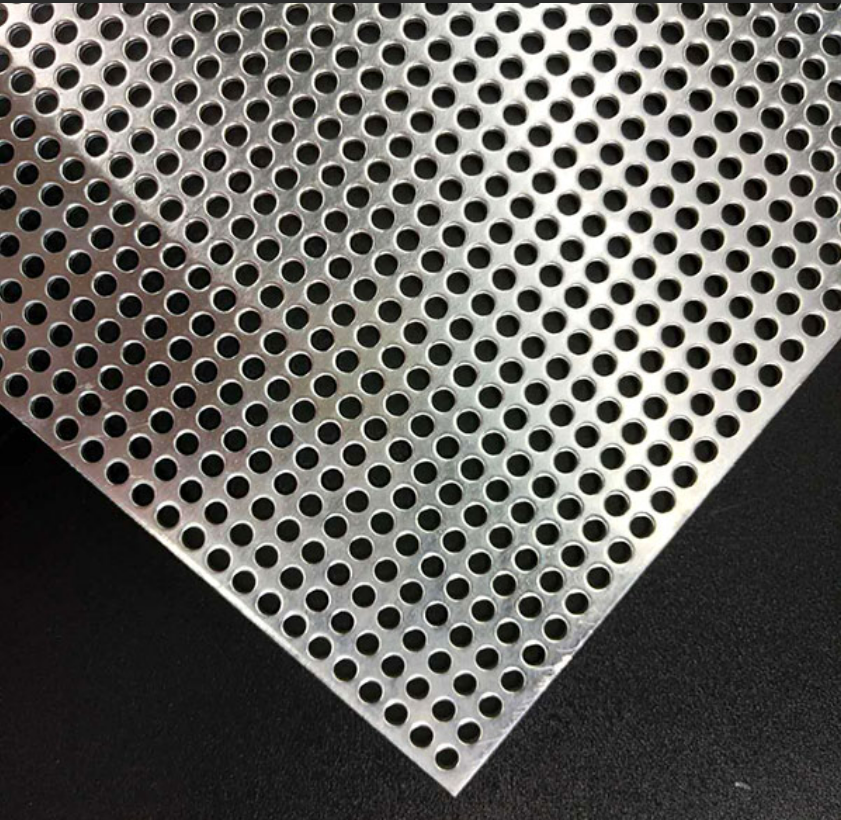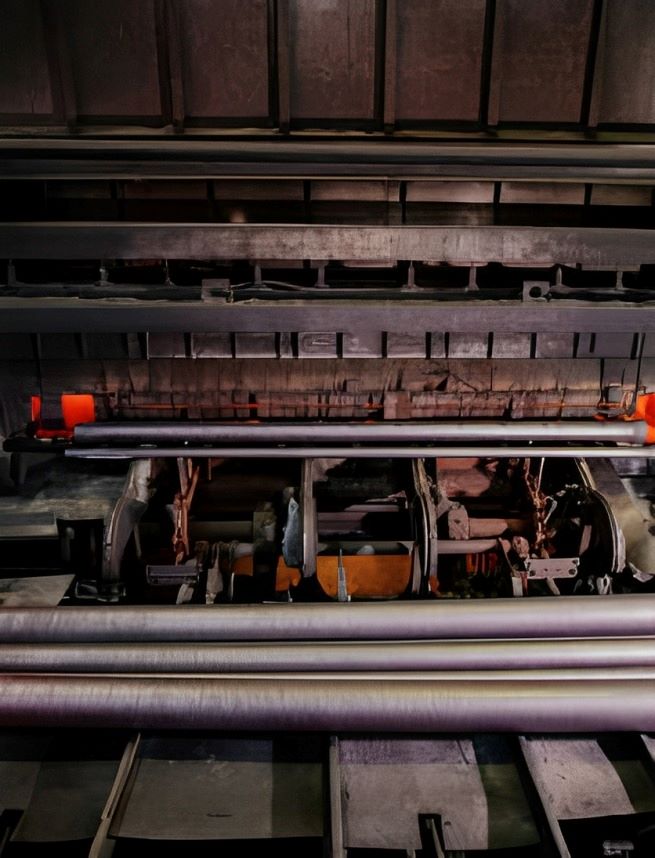Can you weld steel
to stainless steel?

In many engineering projects, stainless steel is often chosen as the preferred material due to its excellent corrosion resistance and aesthetic appeal. However, stainless steel comes with a relatively high cost, and in the manufacturing of large products, opting for entirely stainless steel might lead to cost overruns. To reduce the overall cost of large manufacturing projects, there are instances where lower-cost carbon steel is chosen to fabricate non-critical components and frameworks. For example, in environments with high temperatures or corrosion, stainless steel is the optimal choice, but in other ordinary areas, carbon steel becomes a more cost-effective option.
stainless steel&steel
steel
Steel is a widely used metal material with its chemical composition primarily consisting of iron (Fe) and carbon (C), along with small amounts of elements such as silicon (Si), manganese (Mn), phosphorus (P), sulfur (S), and others. The strength, hardness, corrosion resistance, and other characteristics of steel can be altered by adjusting its chemical composition and manufacturing processes.
Stainless Steel
Stainless steel is an alloy steel known for its high corrosion resistance, and its composition includes iron, chromium (Cr), nickel (Ni), manganese (Mn), titanium (Ti), and other elements. There are various types of stainless steel, such as 304 stainless steel, 316 stainless steel, each with different properties like corrosion resistance, heat resistance, and strength.
In terms of physical properties, there are significant differences between steel and stainless steel. Steel has a higher density, approximately 7.87g/cm³, while common stainless steel like 304 stainless steel has a density of about 7.93g/cm³. Additionally, steel exhibits better thermal conductivity than stainless steel, which has relatively poorer thermal conductivity. In terms of chemical properties, stainless steel has excellent corrosion resistance, resisting corrosion from acids, alkalis, salts, and other media, while steel is more prone to rusting.
Due to the substantial differences in chemical composition, physical properties, and chemical properties between steel and stainless steel, careful consideration of these variations and the adoption of corresponding process measures are necessary to ensure the quality of welding when joining the two together.
Welding Techniques for Joining Steel to Stainless Steel
Welding is a technology that joins two metal pieces together through melting or applying pressure. The basic principle involves melting the contact surfaces of two metals through high temperature or pressure, followed by cooling and solidification to form a strong joint. There are many classification methods for welding, including arc welding, laser welding, resistance welding, etc., based on different heat sources; and fusion welding, pressure welding, brazing, etc., based on whether filler material is required.
Common welding techniques and their applications:
Arc Welding: Uses an electric arc as a heat source to melt and join metals together. Applicable to welding various metal materials such as steel to stainless steel.
Laser Welding: Utilizes a high-energy laser beam to melt and join metals. Suitable for welding thin plates, precision components, and applications with high welding area requirements.
Resistance Welding: Uses the resistance heat generated when an electric current passes through metal to heat the metal to a plastic or molten state, followed by pressure for joining. Applicable to welding metal materials such as steel to stainless steel, thin plates, and pipes.
Brazing: Uses a filler material with a melting point lower than that of the base metal to heat the base metal to melt the brazing material. The liquid brazing material wets the base metal, filling the joint gap and achieving connection. Applicable to welding dissimilar materials, such as steel to stainless steel or copper to stainless steel.
Special Considerations for welding steel to Stainless Steel
Compatibility of Base Materials: Due to significant differences in the chemical composition and physical properties of steel and stainless steel, appropriate welding materials and processes must be chosen to avoid defects like brittle phases and cracks.
Selection of Filler Materials: In welding steel to stainless steel, appropriate filler materials compatible with both base materials should be chosen to ensure the strength and corrosion resistance of the welded joint.
Control of Welding Processes: Strict control of welding processes, such as welding speed, wire energy, preheating, and post-heating, is necessary due to the different thermal conductivity and expansion coefficients of steel and stainless steel. This helps reduce stress and prevent crack formation.
Performance Evaluation of Welded Joints: Various performance tests, such as tensile, bending, and impact tests, should be conducted after welding steel to stainless steel to ensure that the welding quality meets the requirements.
Challenges in Welding Steel to Stainless Steel
Welding steel to stainless steel poses specific challenges due to differences in their physical and chemical properties. Here are the main challenges and solutions:
Fusion Issues and Solutions
Fusion issues arise from the differing melting points, thermal conductivity, and expansion coefficients of stainless steel and steel. These differences may lead to incomplete fusion, poor fusion, or welding cracks.
- Solutions:
- Choose appropriate welding materials and processes to accommodate the characteristic differences of both metals.
- Control welding parameters, such as welding current, voltage, and speed, to ensure sufficient heat input and proper fusion.
- Implement necessary post-weld treatments, such as heat treatment or post-weld grinding, to enhance the performance of the welded joint.
Differences in Heat-Affected Zone (HAZ) and Control
The varying thermal conductivity and expansion coefficients of stainless steel and steel may result in the formation of heat cracks, deformation, or stress concentration during welding.
- Solutions:
- Select suitable welding methods and process parameters to minimize heat input and the extent of the heat-affected zone.
- Perform preheating and post-weld treatments to reduce temperature differentials causing stress.
- Subject the welded joint to heat treatment or post-weld processes to eliminate or minimize residual stresses.
Welding Crack Generation and Prevention Measures
Various types of cracks, such as hot cracks or cold cracks, may occur during the welding of stainless steel and steel.
- Solutions:
- Use low-hydrogen or hydrogen-free welding materials to reduce the risk of hydrogen-induced cracking.
- Apply preheating and post-weld treatments to lower cooling rates and eliminate residual stresses.
- Conduct post-weld inspections of the welded joint to promptly identify and address any cracks.
Performance Evaluation and Testing of Welded Joints
A series of performance evaluations and tests are essential to ensure the welded joint meets the required standards.
- Solutions:
- Choose appropriate testing methods, such as tensile, bending, impact tests, based on the specific application.
- Conduct non-destructive testing of the welded joint, such as radiographic or ultrasonic testing, to ensure undetected defects are minimized.
In welding steel to stainless steel, careful consideration of these challenges and the implementation of corresponding solutions are crucial to achieving high-quality welded joints.
conclusion
When welding steel to stainless steel, it is crucial to thoroughly understand the characteristic differences between the two metals and choose appropriate welding methods. Emphasis should be placed on controlling the welding process, and optimizing welding parameters to achieve good fusion and joint performance. Additionally, post-welding treatments play a key role in enhancing welding quality, such as eliminating residual stresses and grinding the weld seam. Finally, regular performance testing and non-destructive inspections of the welded joint are essential to ensure that welding quality meets the required standards. By following these recommendations and insights, readers can effectively conduct welding of stainless steel to steel, improving welding quality and reliability.







